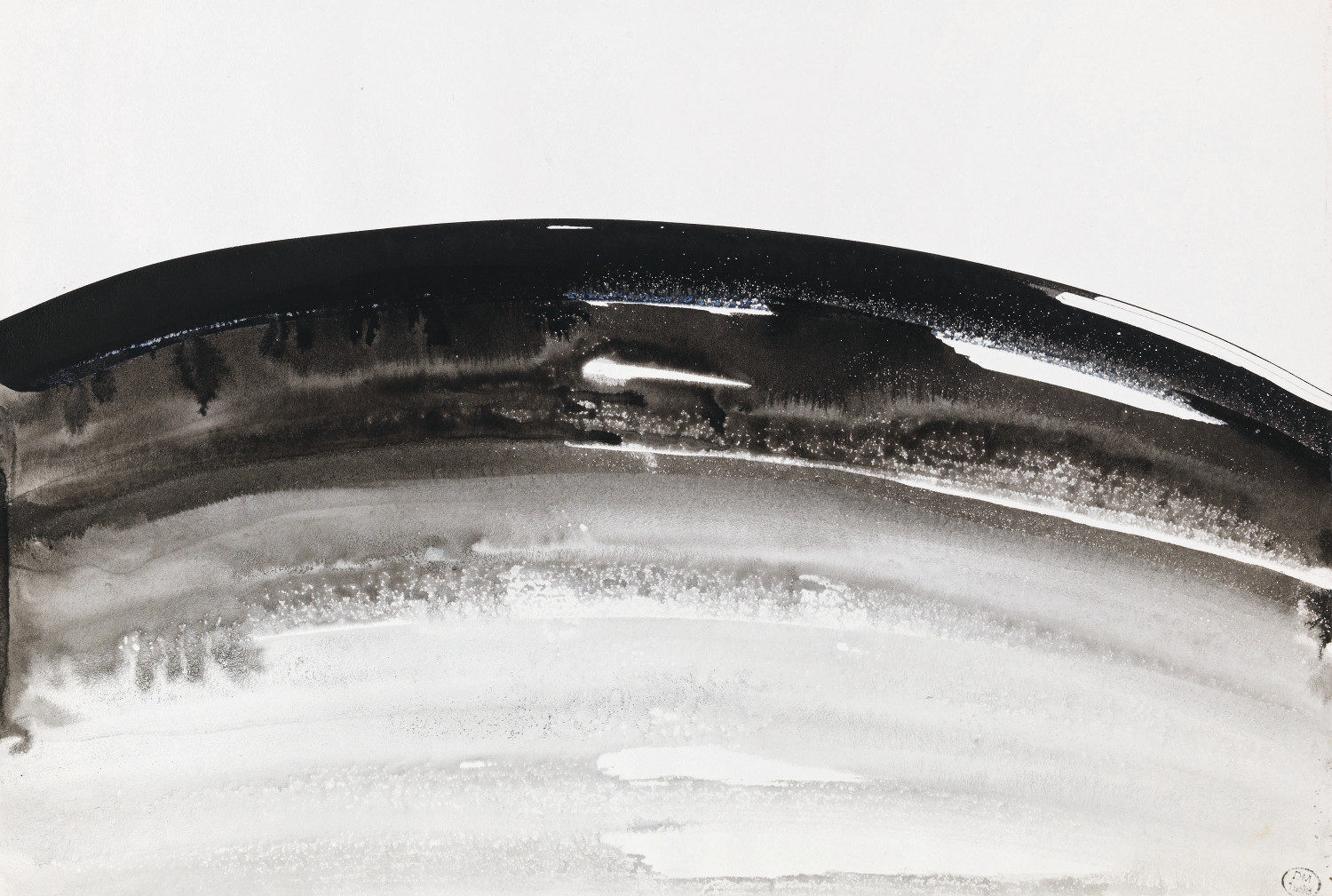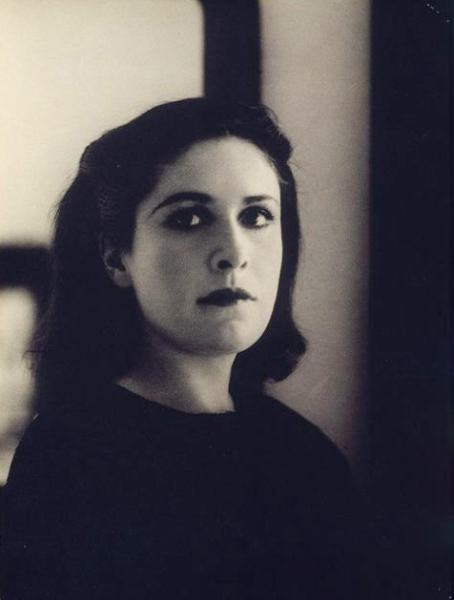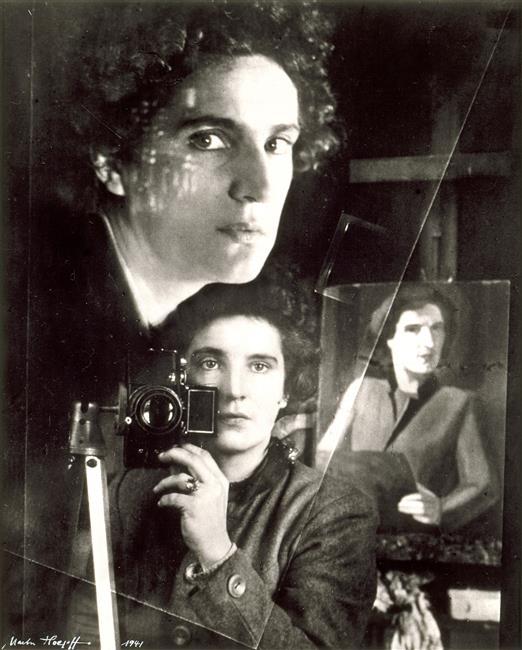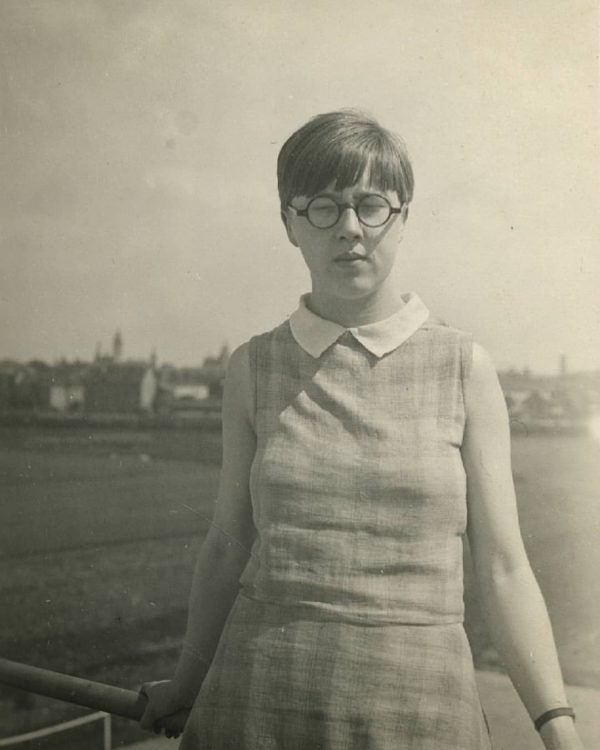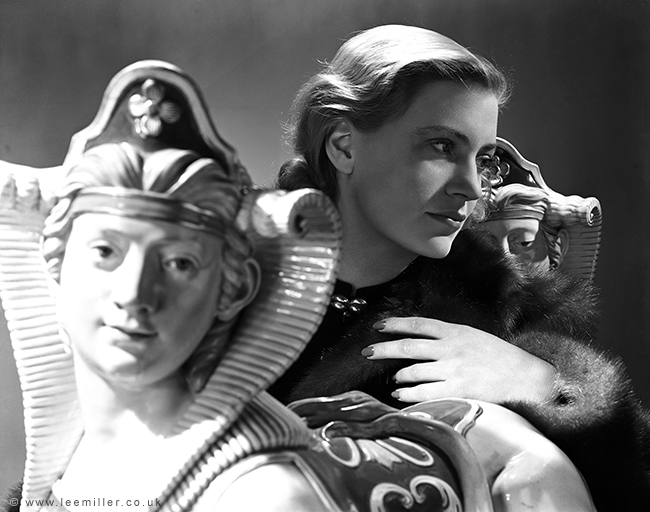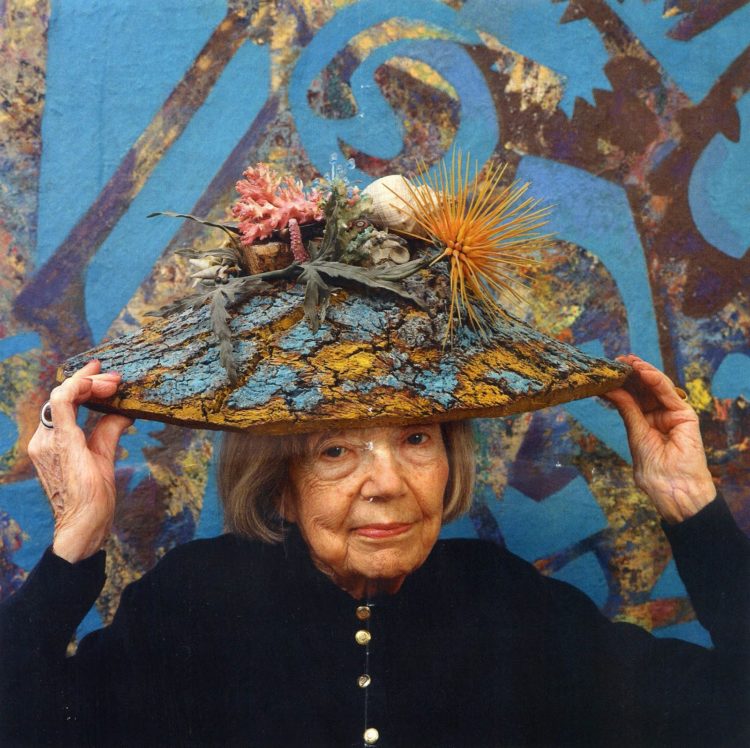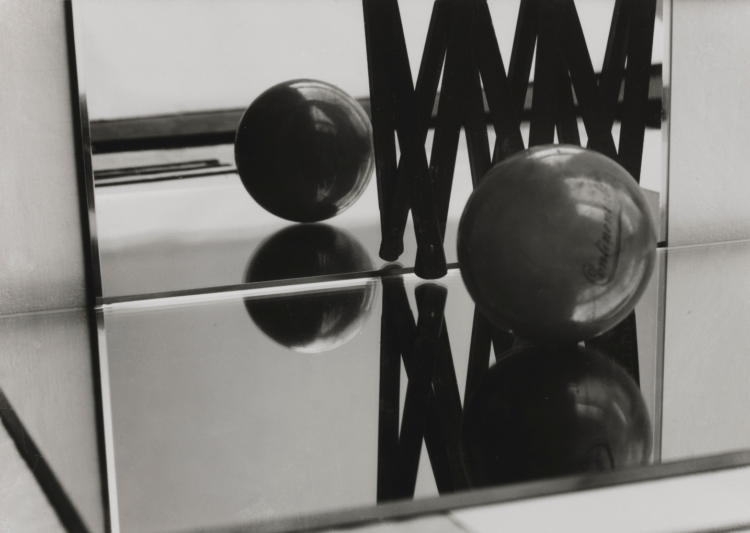Review
Dora Maar, Sans titre, 1957, Indian ink on paper, 21 x 29.5 cm, private collection, © ADAGP, Paris, © Photo: Rights reserved
The exhibition Dora Maar at the Musée national d’Art moderne – Centre Georges-Pompidou is the first monographic presentation dedicated to the French artist. Curators Damarice Amao and Karolina Ziebinska-Lewandowska, both photography specialists, made the deliberate choice to exhibit the diversity of her practice – from urban snapshots to photomontages, paintings and etchings – in a show full of surprises.
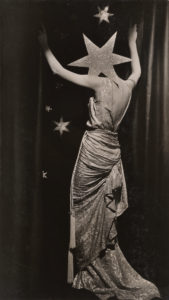
Dora Maar, Mannequin-étoile, 1936, gelatin-silver print, Collection Thérond, © ADAGP, Paris, © Photo: Centre Pompidou, MNAM-CCI/A. Laurans/Dist. RMN-GP
For a long time, the myth of Dora Maar (1907–1997), eternal muse of Pablo Picasso (1881–1973), femme fatale immortalised by Man Ray (1890–1976), has overshadowed her work. Until recently, museums have been reluctant to exhibit her work alone, favouring instead contextualising perspectives, as seen in the exhibitions Dora Maar. Bataille, Picasso et les surréalistes, at the Vieille Charité, Marseille (2002) and Picasso/Dora Maar. Il faisait tellement noir…, Musée National Picasso, Paris (2006). Thus, by its very ambition, this retrospective is a major event.
After spending her childhood between France and Argentina, Henriette Theodora Markovitch entered the Union central des arts décoratifs in 1923, before enrolling in the Académie Julian and Académie André Lhote, where she began to study photography. The first rooms of the exhibition present her youthful years and her school friendships, including one sparked between the artist and Jacqueline Lamba (1910–1993), an artist as well as the future wife of André Breton. This is followed by works from her beginnings as a professional photographer, a rare status for the time, as well as commissions for publications and women’s magazines – images already tinged with strangeness (Mannequin-Étoile, 1936).

Dora Maar, Portrait d’Ubu, 1936, gelatin-silver print, 24 x 18 cm, collection Centre Pompidou, Paris, musée national d’Art moderne – Centre de création industrielle, © ADAGP, Paris, © Photo: Centre Pompidou, MNAM-CCI/A. Laurans/Dist. RMN-GP
The time she spent within avant-garde circles, where she became known as Dora Maar, encouraged her to experiment even more. The erratic production of her surrealist works reveals a sense for the grotesque both acute and ephemeral (Portrait d’Ubu, 1936). The young woman regularly exhibited her work and belonged to various left-wing activist groups, such as Octobre, formed by the brothers Jacques and Pierre Prévert, as well as the group Contre-Attaque founded by Georges Bataille. D. Maar made portraits of her artistic and intellectual entourage, and practiced street photography (Untitled, 1993), revealing in particular the social consequences of the 1929 economic crisis.
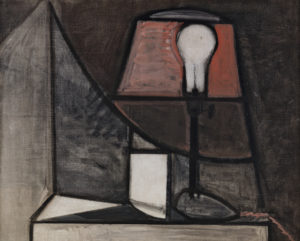
Dora Maar, Nature morte, 1941, oil on canvas, 50 x 61 cm, Galerie Makassar-France, Paris, promise of donation to Centre Pompidou, musée national d’Art moderne, Paris, © ADAGP, Paris, © Photo: Centre Pompidou, MNAM-CCI/A. Laurans/Dist. RMN-GP
The meeting of D. Maar and P. Picasso in 1936 marked a turning point in her work, which the exhibition highlights: a shift towards painting, which the artist devoted herself to until the end of her life. Portraits of her companion, self-portraits and still lifes on canvas and paper are hung in succession. After her separation with the Spanish artist in the beginning of the 1940s, she turned to Catholicism and purchased a house in Ménerbes in the South of France. The countryside inspired a number of her landscapes, which verge on abstraction. It is in this part of the exhibition that the most unexpected discoveries are found: the paintings and graphic works of D. Maar, rarely exhibited before. Details from everyday life – unmade beds, clocks and chopped fruit – and almost illuminated visions of nature (Untitled, 1957) captivate the viewer, stunned at the end of the visit by the creative freedom of such independence and spirit.
Dora Maar, from 5 June to 29 July 2019, at the musée national d’Art moderne – Centre Georges-Pompidou (Paris, France).
Camille Viéville, "Dora Maar: The Multifaceted Artist." In Archives of Women Artists, Research and Exhibitions magazine, . URL : https://awarewomenartists.com/en/magazine/dora-maar-artiste-aux-1000-facettes/. Accessed 1 July 2025
